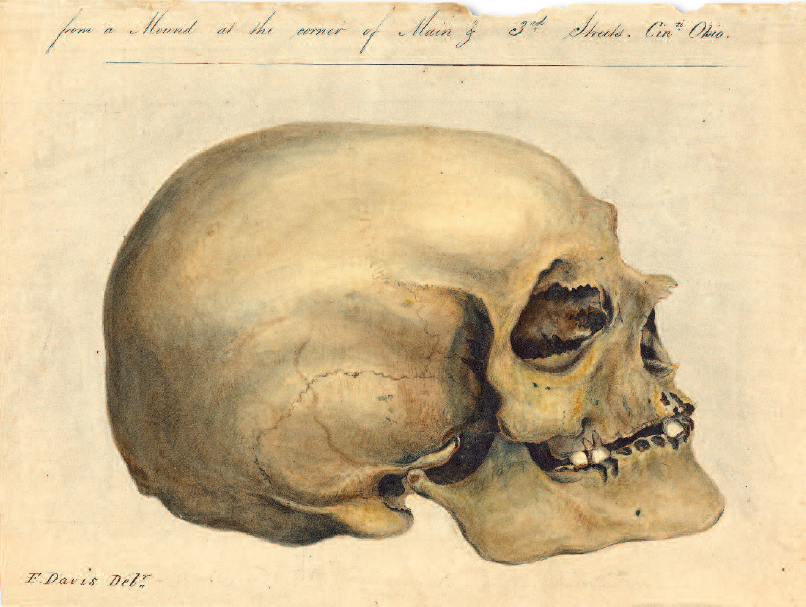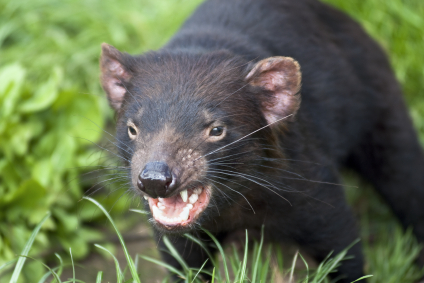 As scientists, we are supposed to be objective and unbiased. We are trained to use sound scientific methods and experimental design to let the data speak for itself. By doing this, we remove our preconceptions and biases from the equation, because as human beings, we are both subjective and biased. Early this summer, there was quite a buzz about an article published in PLoS Biology (1) that debunked a paper (and prize winning book) by Stephen Jay Gould (1941–2002) that many of us probably read at some point in our academic training as scientists. Continue reading “Skullduggery? Did Stephen Gould’s Bias against Samuel Morton Prove His Point?”
As scientists, we are supposed to be objective and unbiased. We are trained to use sound scientific methods and experimental design to let the data speak for itself. By doing this, we remove our preconceptions and biases from the equation, because as human beings, we are both subjective and biased. Early this summer, there was quite a buzz about an article published in PLoS Biology (1) that debunked a paper (and prize winning book) by Stephen Jay Gould (1941–2002) that many of us probably read at some point in our academic training as scientists. Continue reading “Skullduggery? Did Stephen Gould’s Bias against Samuel Morton Prove His Point?”
population biology
The Devil is in the Details: Genetic Diversity and the Endangered Tasmanian Devil
 If you are of a certain age, the name “Tasmanian Devil” most likely conjures up an image of a ferocious brown hairy cartoon character that traveled in the center of a tornado of chaos. Sometimes, as in this case, the truth is much less strange than the fiction. The real Tasmanian Devils (Sarcphilus harrisii) are relatively small, somewhat cuddly looking, marsupials found only on the island of… you guessed it, Tasmania. Despite their diminutive size, they are the largest living carnivorous marsupial. Unfortunately, these terrier-sized animals are also in danger of becoming extinct, largely as a result of a deadly, infectious transmissible cancer called Devil Facial Tumor Disease (DFTD). Continue reading “The Devil is in the Details: Genetic Diversity and the Endangered Tasmanian Devil”
If you are of a certain age, the name “Tasmanian Devil” most likely conjures up an image of a ferocious brown hairy cartoon character that traveled in the center of a tornado of chaos. Sometimes, as in this case, the truth is much less strange than the fiction. The real Tasmanian Devils (Sarcphilus harrisii) are relatively small, somewhat cuddly looking, marsupials found only on the island of… you guessed it, Tasmania. Despite their diminutive size, they are the largest living carnivorous marsupial. Unfortunately, these terrier-sized animals are also in danger of becoming extinct, largely as a result of a deadly, infectious transmissible cancer called Devil Facial Tumor Disease (DFTD). Continue reading “The Devil is in the Details: Genetic Diversity and the Endangered Tasmanian Devil”
The Latest On: When Five Hundred Tigers Are Not Enough
It is sad but true that the latest news has not been promising for wild tiger populations. In September, an article published in PLoS Biology (1) estimated that the best hope of saving the wild tiger population would be to shift focus to source sites, which are “…at spatially well-defined priority sites, supported by proven best practices of law enforcement, wildlife management, and scientific monitoring.” The authors estimate the cost to save these sites at $82 million (U.S). At the time of publication, $47 million had been committed by governments and other groups. It isn’t difficult math to figure out there is a deficit.
Continue reading “The Latest On: When Five Hundred Tigers Are Not Enough”